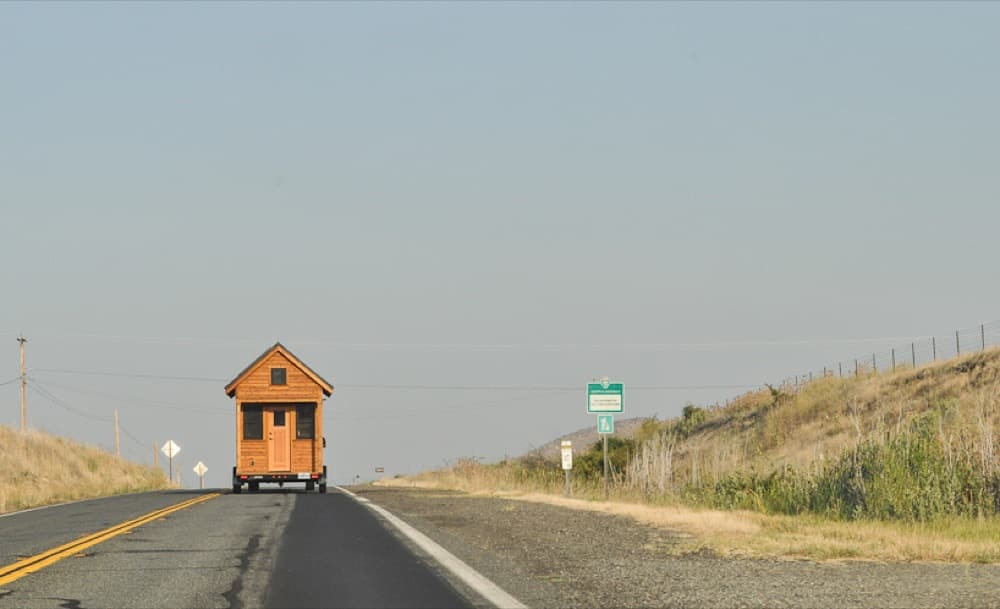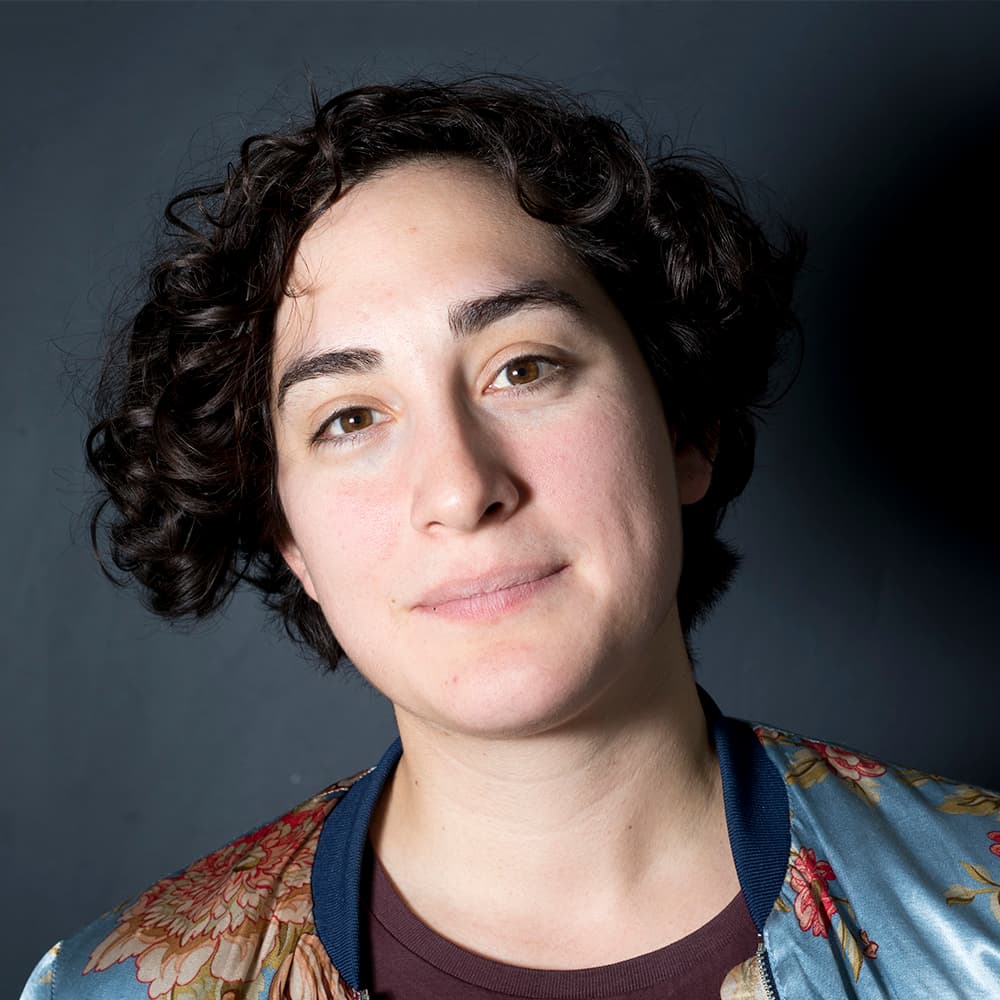
Denver is actually less dense than it was in the 1950s, Brad Buchanan, director of Denver Community Planning and Development, told Thursday's Tiny House Symposium.
On the one hand, it's the type of factoid that makes urbanists want to find the nearest pillow and scream into it. But looked at another way, that means that there's opportunity to add smaller housing all over Denver.
"I think [tiny houses] are an important part of the solution," Buchanan said.
That's right, tiny houses are part of the solution and they aren't illegal in the Denver code, provided they meet city requirements.
After the city adopted its version of the 2015 international building code, minimum room sizes were eliminated, Buchanan said. The new code doesn't allow for tiny homes on wheels, though -- they must be attached to a foundation and have a connection to Denver Water and Sewer.
So why so few?
Well, a lot of neighborhood groups have opposed filling up backyards with more housing.
Tiny homes are zoned similarly to accessory dwelling units, which are sometimes called granny flats or carriage houses. And ADUs have faced opposition since the 1950s. Though the city has allowed for ADUs starting in 2010, many neighborhoods didn't want them.
"We asked city-wide. Very, very few locations said yes," Buchanan said.
Only 13 percent of the city allows ADUs. The city also allows tiny houses in all MX (that's mixed-use) zone districts too, Buchanan noted.
But if you're trying to get land to build a tiny house, there's also lot of competition, pointed out Korey Whitaker, real estate manager for Habitat for Humanity Metro Denver.
"You're competing with developers trying to do 20, 40, 60 units," Whitaker said.












